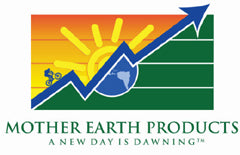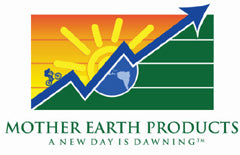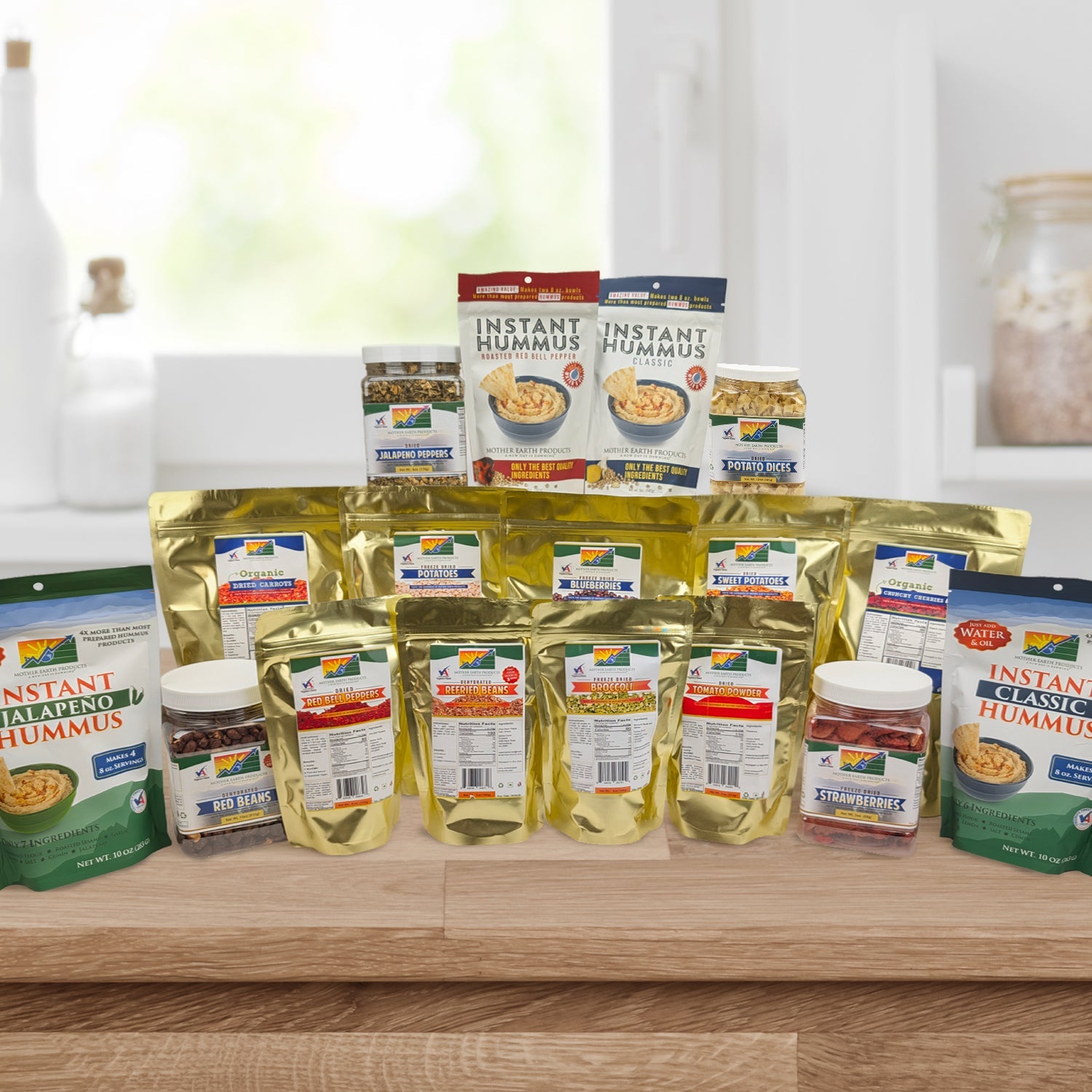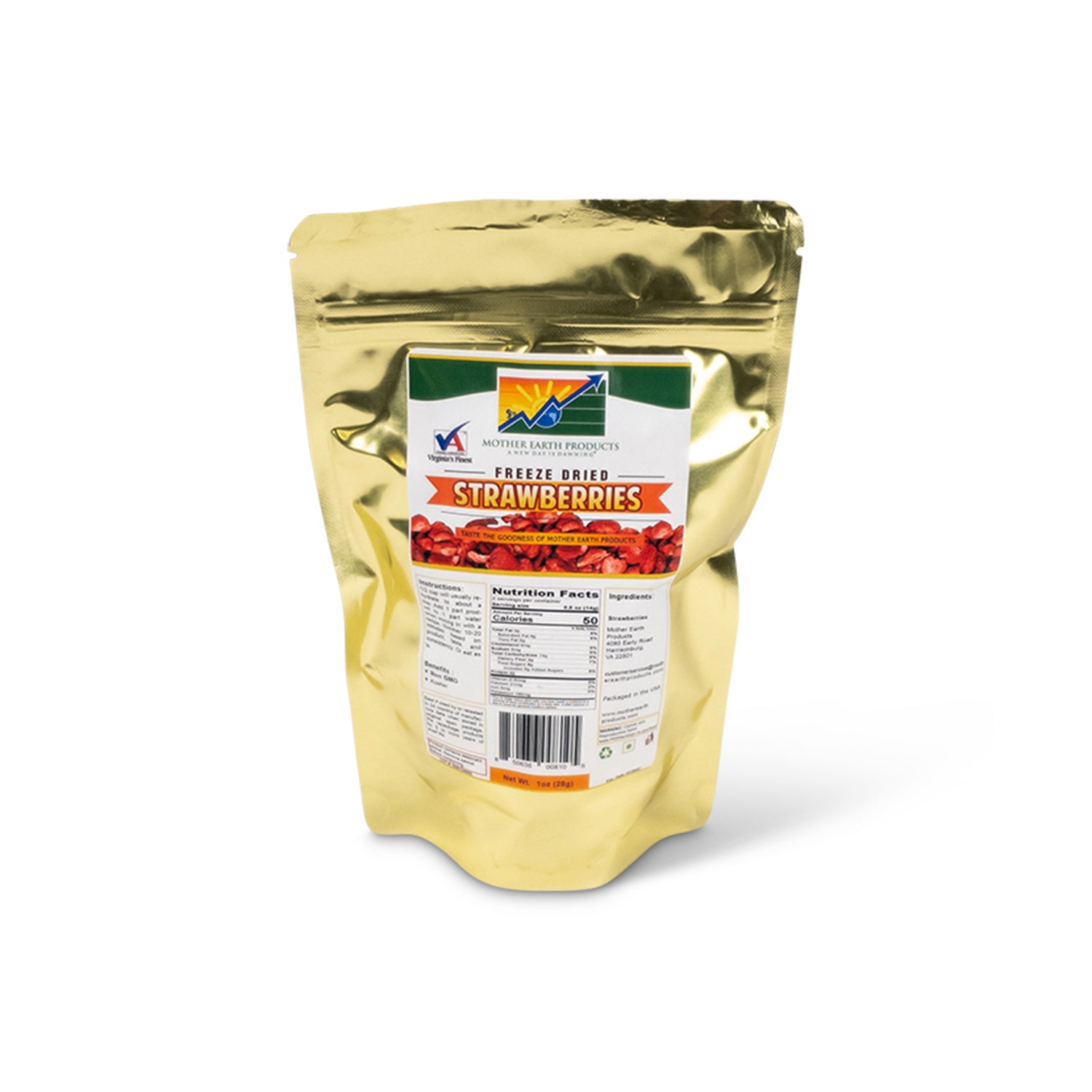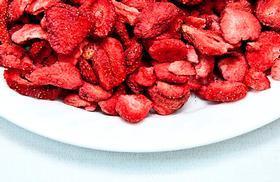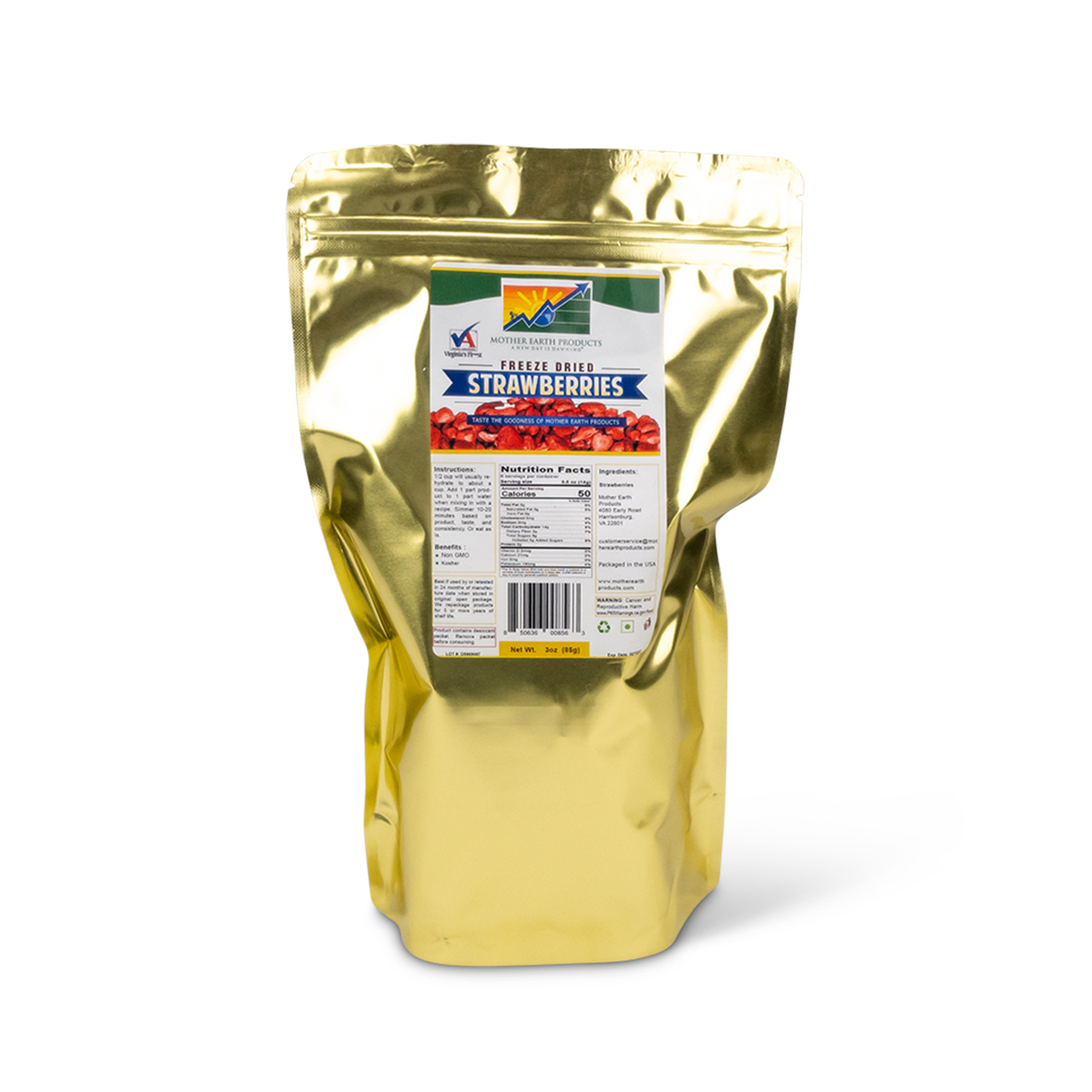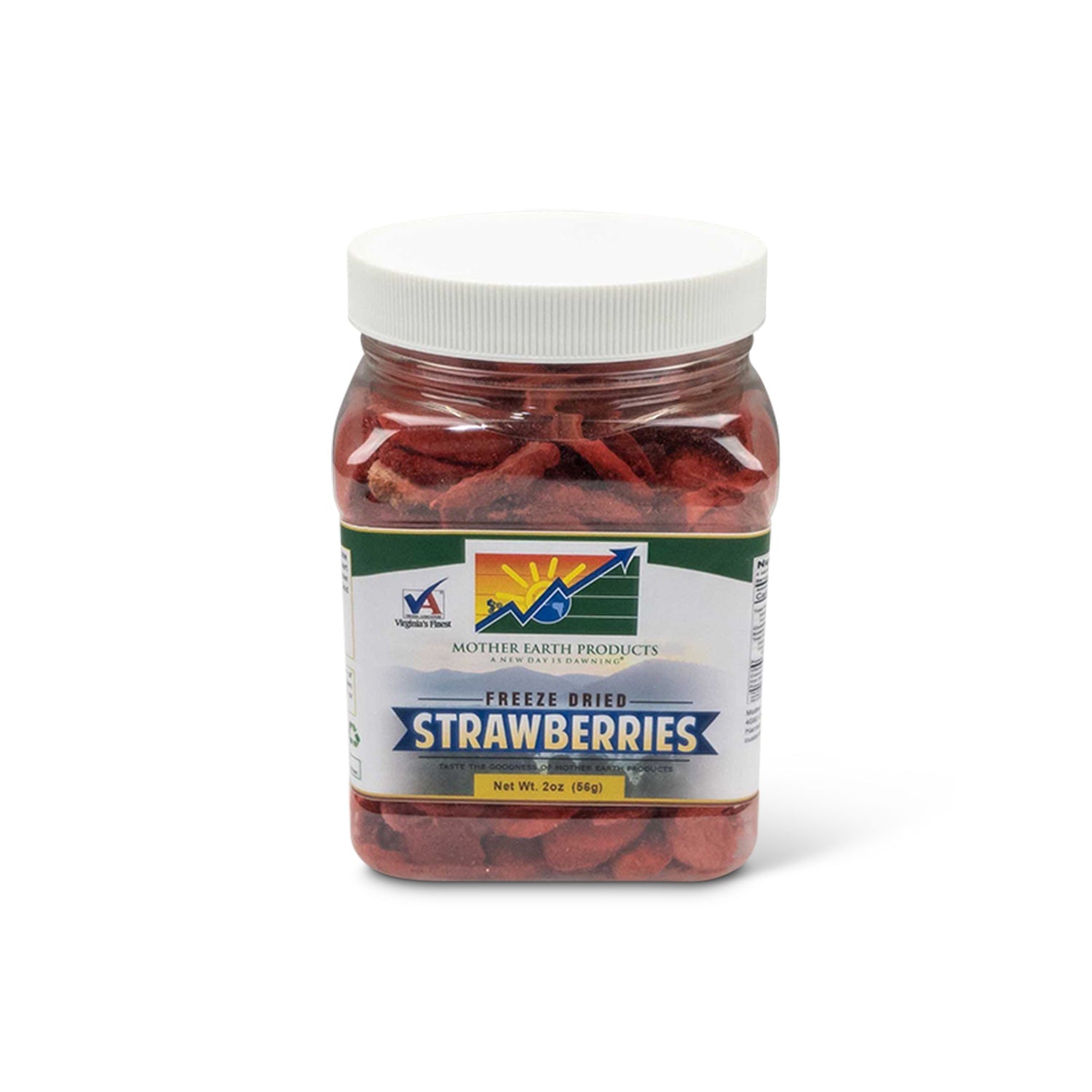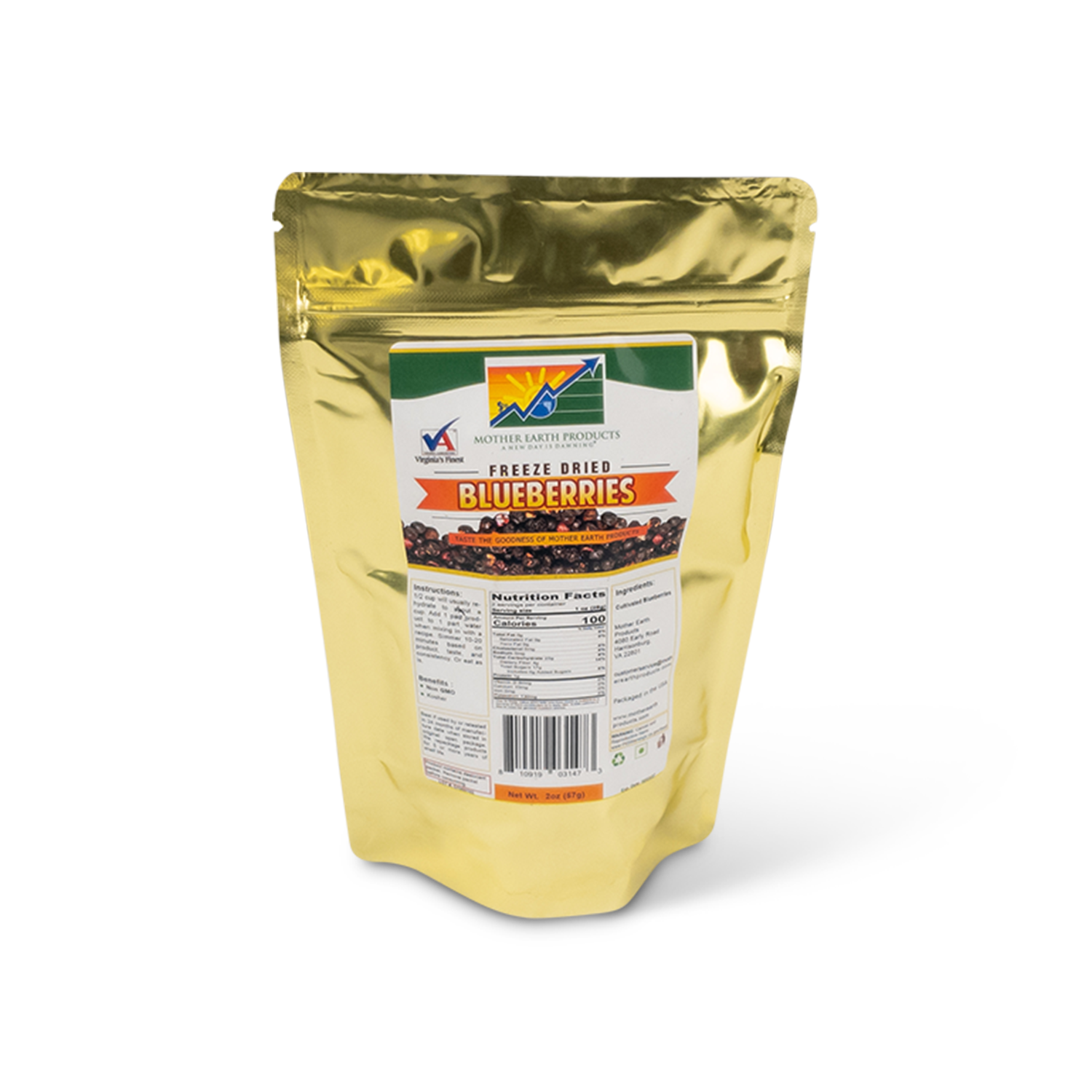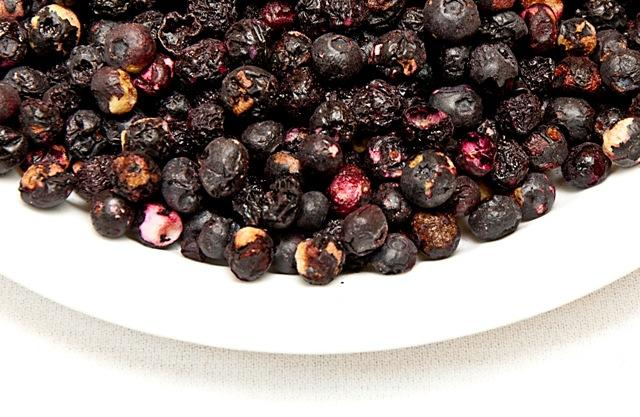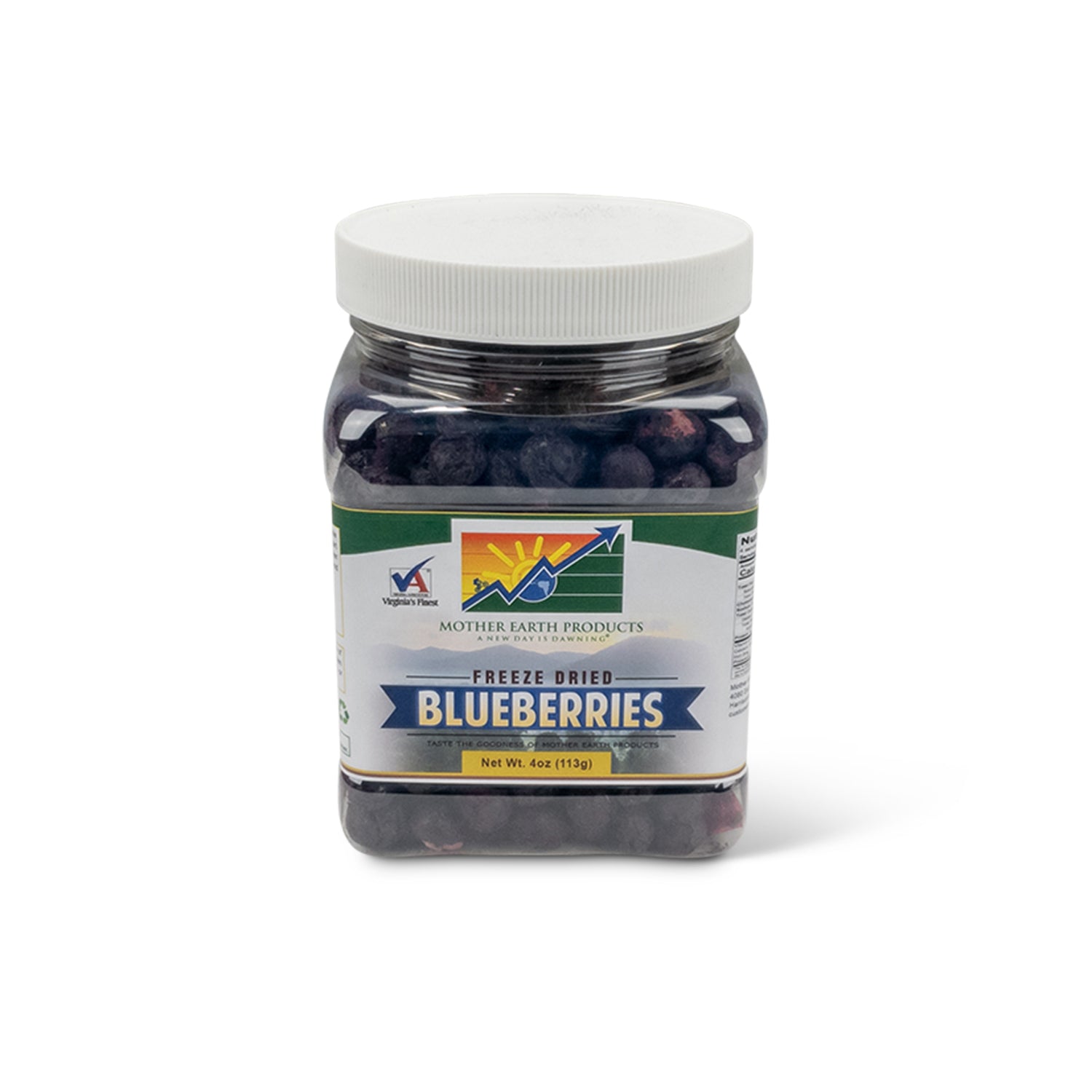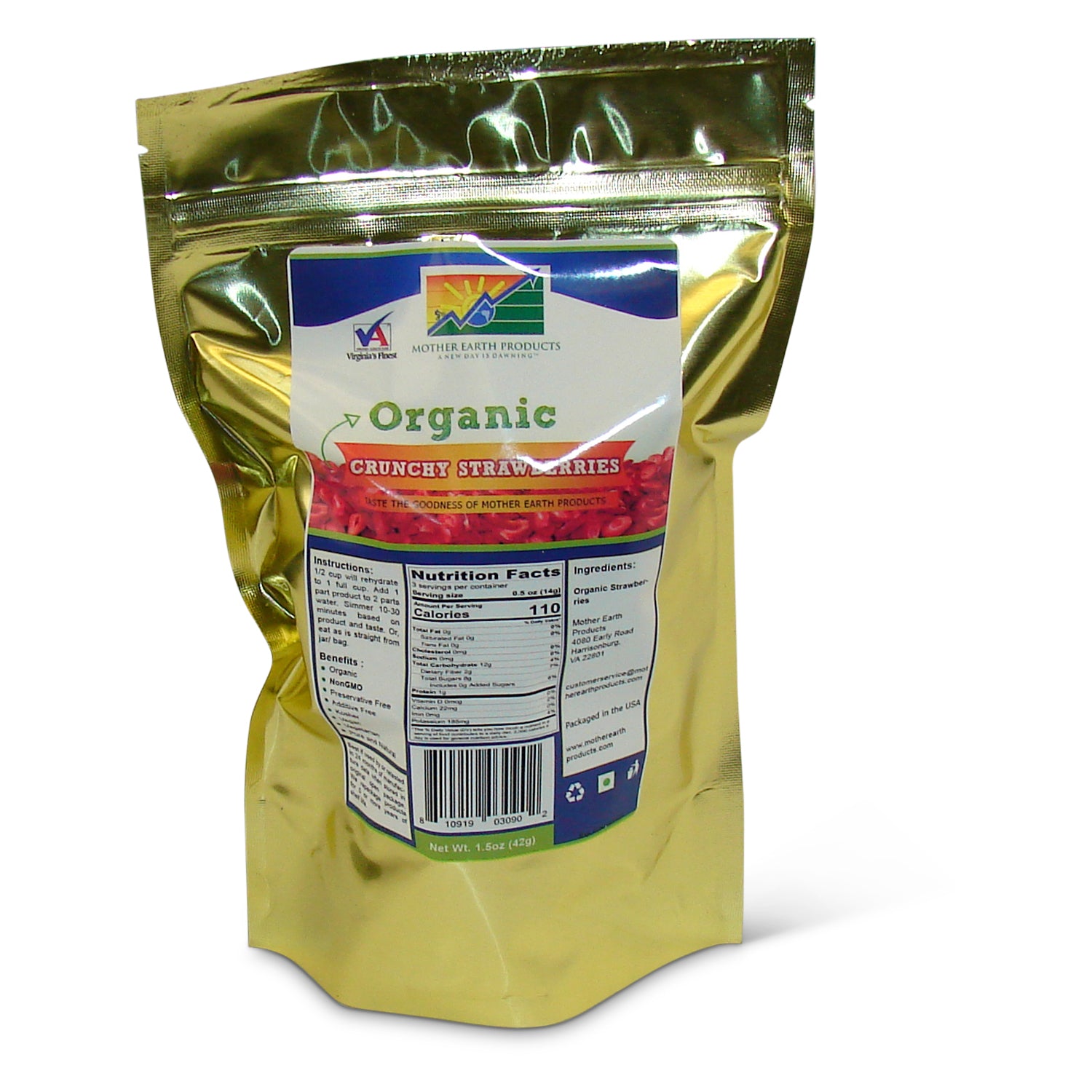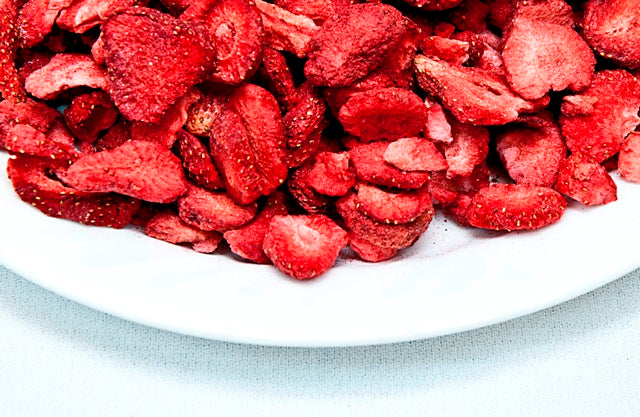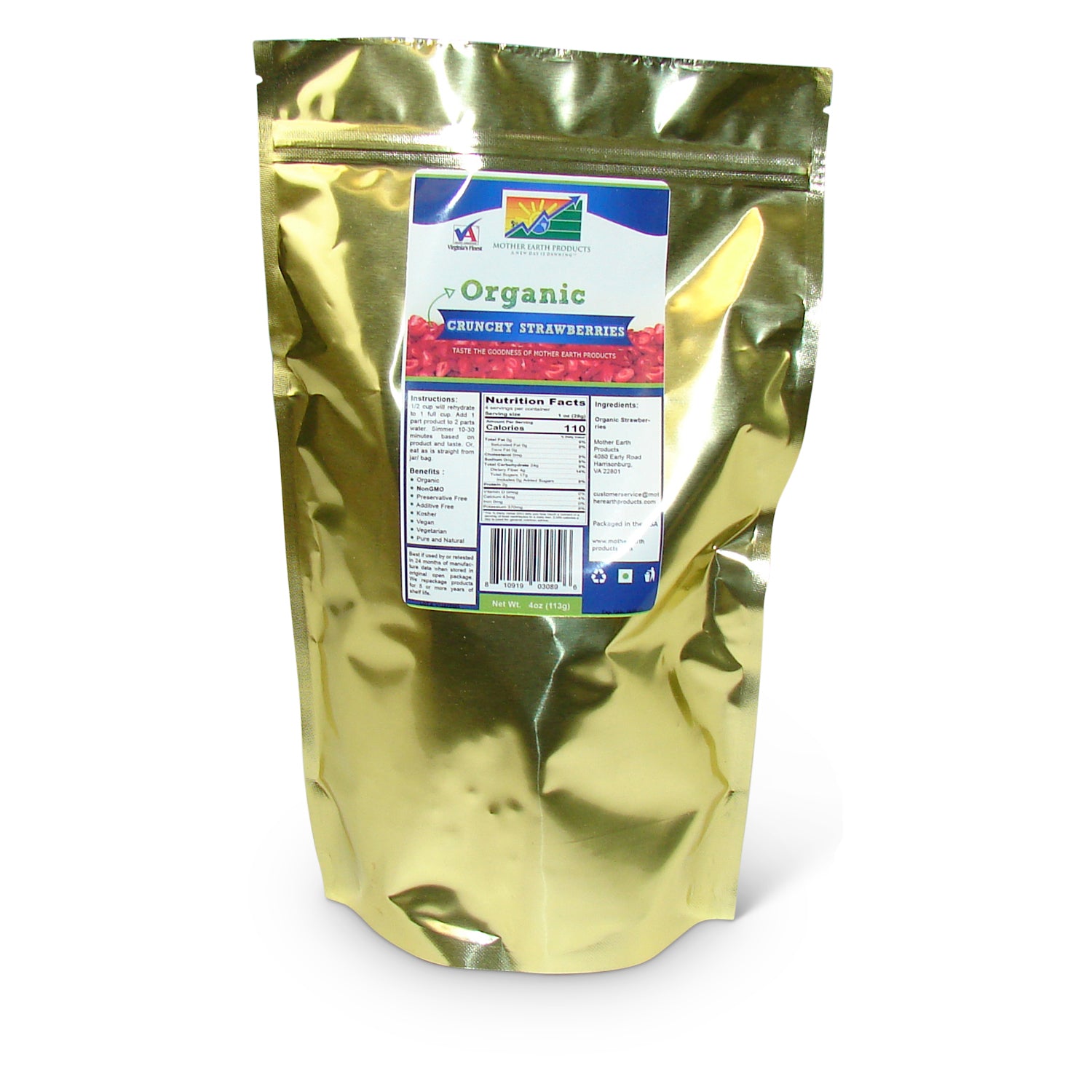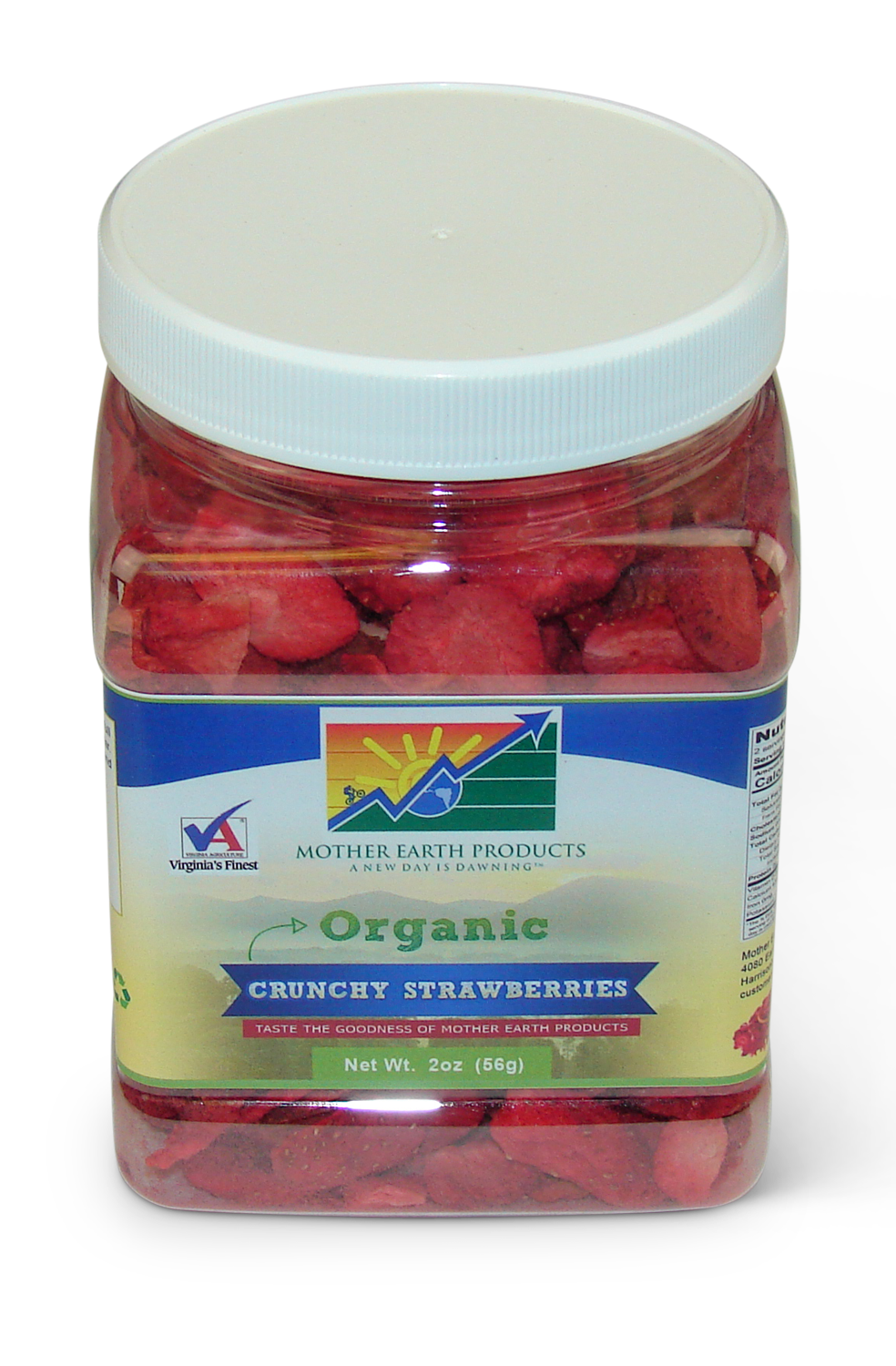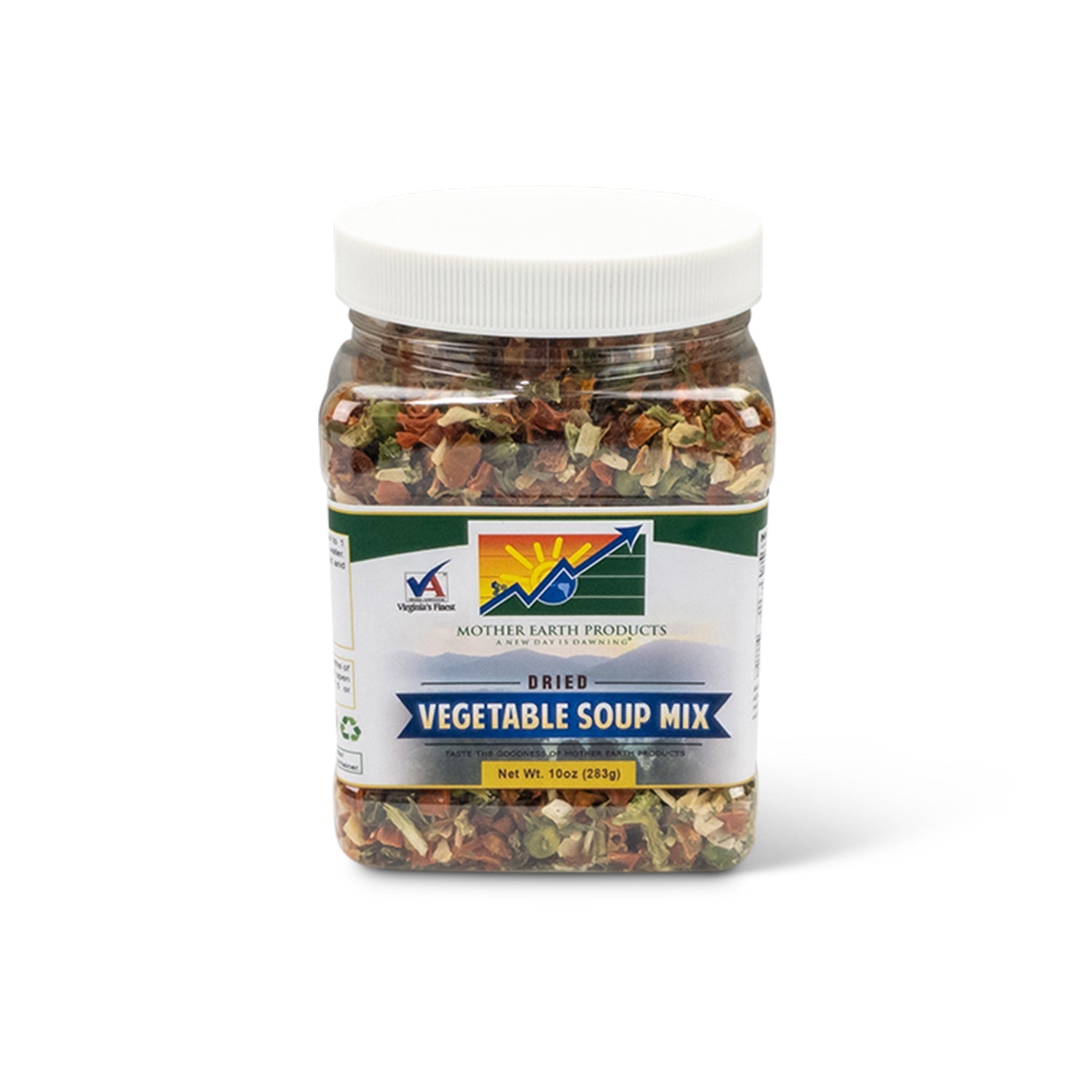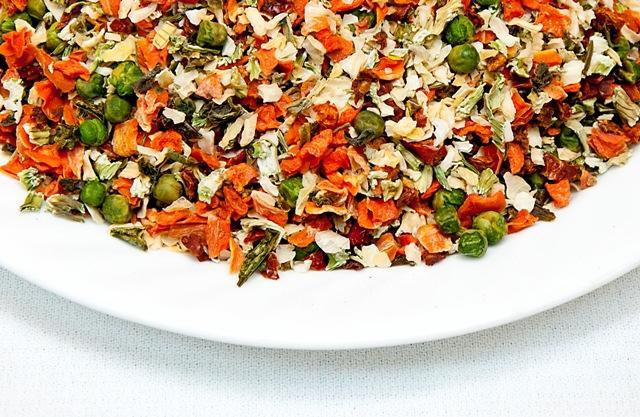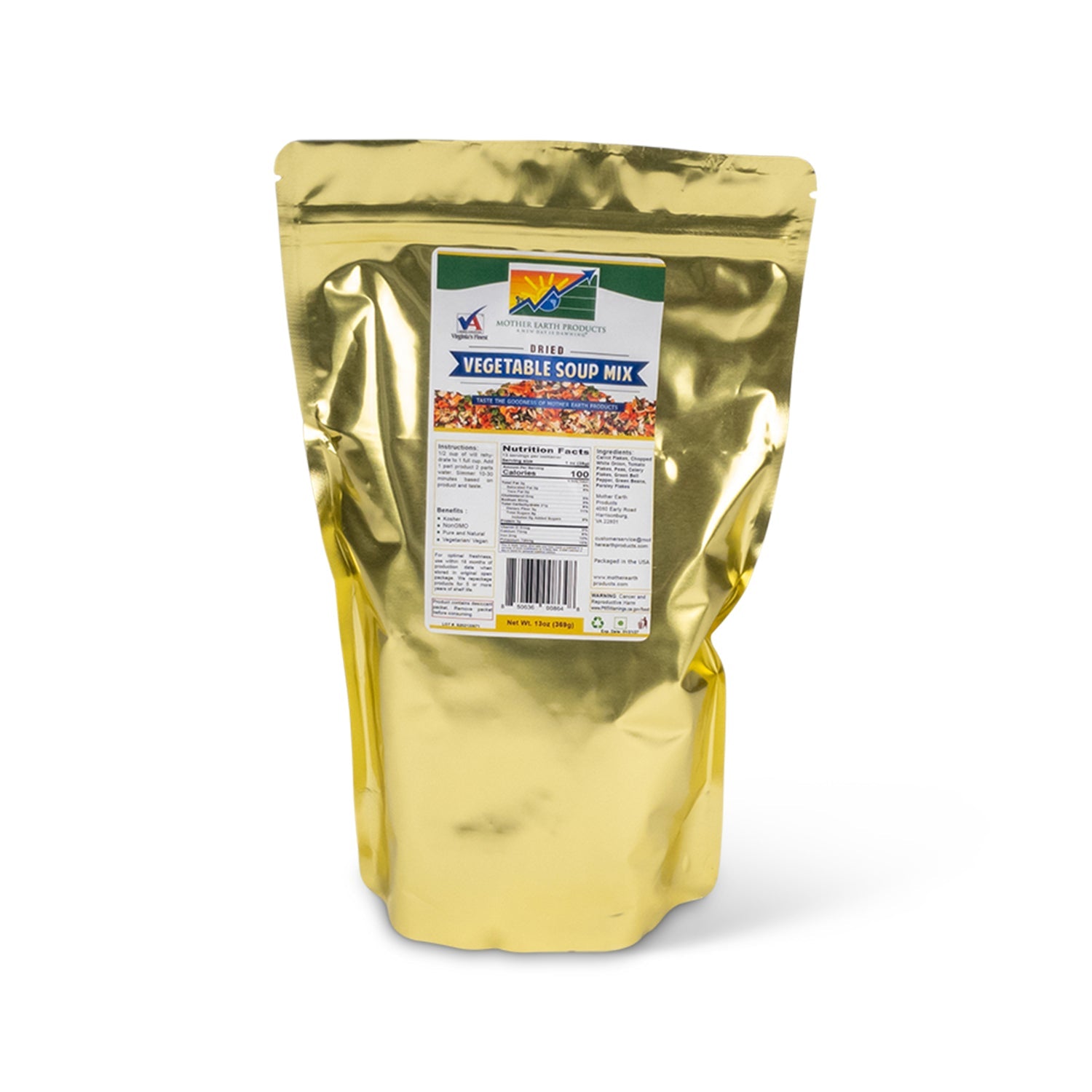Composting is good for the environment. You may ask why. Did you know that food waste contributes to about 11% of greenhouse gas emissions in the world? According to USDA, America lost about $133 to $161 billion worth of food in 2010.1
Aside from food wastage, food scraps fill the landfills and increase greenhouse emissions. What’s more, a big percentage of the waste comes from households, and if we are to curb food waste, we have to start right there.
Aside from proper food storage, composting is one of the most effective solutions to reduce the filling up of landfills and to reverse the harmful effects on the environment. You don’t need to be an expert or have a large space to start.2
This article looks into the benefits of composting and shares the best tips for DIY composting techniques for beginners. Before you throw the banana peels, read on to learn how to recycle them and protect the environment.
What is the Benefit of Composting?
Composting is the process of recycling organic matter, such as food scraps and leaves to make a high quality organic fertilizer.2 There are natural microorganisms, such as bacteria and worms, that feed on the organic matter; thus, breaking down organic matter into a high nutrient solution that is good for gardening.2 It is a good way to feed the soil without relying on expensive synthetic fertilizers.3
Instead of throwing away banana or orange peels, apple cores, or withered vegetables that you forgot to cook, compost it and use it in a better way than filling up the landfills. Then, use the compost to fertilize your flowers, herbs, vegetables, and trees. The organic fertilizer made by composting food scraps is rich in nutrients that plants need to grow. As a result, recycling preserves the environment and makes the world a healthier place to live.
DIY Composting Techniques for Beginners
If you are just starting composting, you need to choose the easy method so that you can keep up with it for a long time. Let’s look at the best DIY composting techniques suitable for beginners.
Outdoor composting
Outdoor composting is ideal if you have a large backyard with sufficient space for a garden open pile or a large compost bin. There are two outdoor DIY composting techniques for beginners if you have enough space outside your house.
- Hot composting: this method involves dumping food scraps and other organic matter in a bin. The advantage of this technique is that it is faster because the bin traps heat inside and fastens the process. But you may have to rotate the scraps often to mix them up, which may be more work for you. You may also need to measure the temperature with a thermometer to ensure it is optimal. However, hot composting takes a shorter time, and the compost will be ready in a few months.
- Cold composting: With this DIY composting technique, you just need to dump the food scraps in an open hole in the yard. It is easy because you don’t have to do anything else. However, the only issue with this technique is that it is slower than hot composting and may take a year or more.
Indoor composting
If you have limited space, you can choose indoor composting inside with specialized bins that don’t let out a smell. Here are the two indoor DIY composting techniques for beginners.
- Aerobic composting: Like the hot composting method above, you use a bin to store the food scraps. The bins do not let out a smell, and they are small enough to fit in the pantry or below the sink. The natural breakdown of organic matter generates heat, which speeds up the process.
- Vermicomposting: With the composting technique, you will need to add worms that break down the organic matter and fasten the process. You can make your DIY bin using plastic tubs or recycle barrels.
DIY Composting Step by Step for Beginners
When you want to start composting, it is easy to be overwhelmed by the technical information. Let’s look at the step by step DIY composting techniques for beginners.
1. Choose the right DIY composting technique for you
Determine the right composting technique depending on the size of your backyard or the option you want to start it. If you chose the open pile compost, you need to identify the exact space to pour the food scraps. If you decide to use the composting bins, you can make a bin from a barrel or plastic tubs or buy a ready bin from the store.
2. Know what to compost and what to avoid
The simple way to start composting is to use simple ingredients that bacteria can break down. You will need kitchen scraps from plant sources such as vegetable or fruit peels, crushed eggshells, and grass cuttings.
You will also need brown materials like newspaper, sawdust, cardboard with no paint or stickers, air, and water to make it easy for the bacteria to break these down quickly. Avoid adding meat or any dairy products because they take a long time, smell awful, and can attract animals that can tear up your compost pile.
3. Layer the green and brown materials
To build your composting pile, the easiest way is to arrange the materials in layers. Start with the brown materials (sawdust or newspapers), then add the green and brown and alternate until done so that they are a 50:50 ratio. Spray water to make the materials moist after each layer.
Keeping the pile on the ground makes it easy for the worms to find them. Therefore, if you are using a bin, pour a handful of soil from a garden to kickstart the process with the good bacteria in the soil. Cover the compost to trap heat and moisture which speed up the process.
4. Monitor the compost pile
Turn the materials once a week and mix them thoroughly with a big farm fork to allow air in and prevent the formation of a black sludge. If you are using the garden open pile technique, it is okay to add in grass clippings and kitchen scraps as long as you mix them up, because kitchen scraps decompose faster and by mixing you expose the compost to the required air.
The process takes a few months to up to a year, depending on the method you choose. To know if the compost is ready to use, it crumbles easily and has a rich brown color. Organic homemade compost gives needed nutrients for super healthy plants. You can use it as organic fertilizer in your vegetable or flower garden.
FAQs
What is the best homemade compost?
You can make your homemade compost with food scraps such as fruit waste, vegetable peels, fallen leaves and pruned grass. These organic matter break down fast and make a good homemade fertilizer.
What turns into compost the fastest?
Some things that turn into compost faster include fruit and vegetable peels, food scraps, and leaves. These are easily broken down by microbes, unlike meat and oily foods.
What should you not put in homemade compost?
Avoid putting bones, whole eggs, dairy, or meat scraps into the homemade compost as they decompose slowly and can attract rodents. You should not add pet feces or diseased plant material into the compost pile.
Conclusion
Composting is one of the best ways to reduce food wastage and preserve the environment. Once you start composting, you will be amazed at how much food you would have wasted. As you consider starting composting, ensure that you only stock food sufficient for your family. Also, consider stocking freeze dried products. They have a long shelf life, and you can regulate how much you use - preventing food waste.
Are you ready to start composting? Which DIY composting techniques for beginners have you tried out? Let us know in the comments section below.
